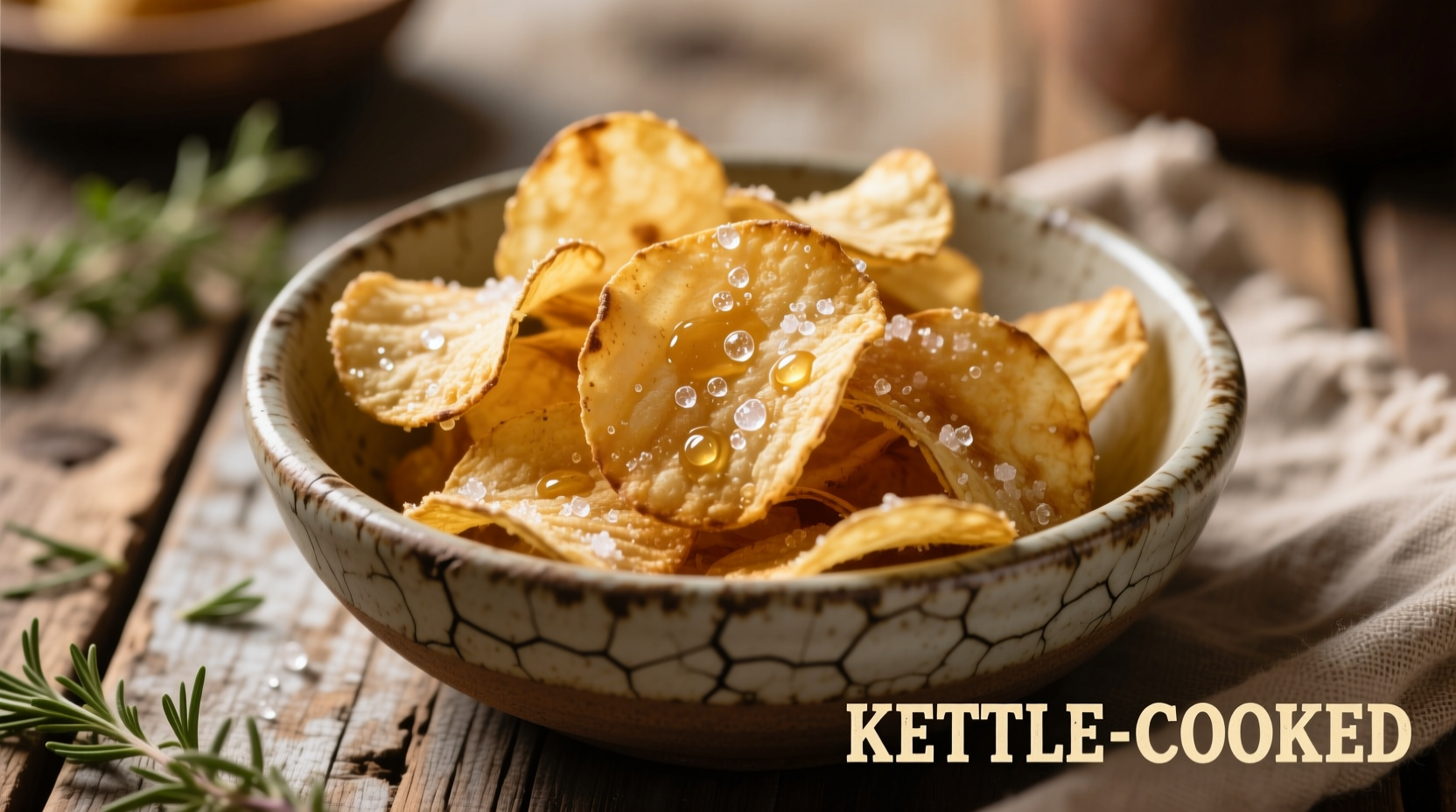The Kettle-Cooked Difference: Why Cape Cod Chips Stand Apart
When you reach for a bag of Cape Cod Potato Chips, you're choosing a snack with a distinctive crunch and robust flavor that sets it apart from conventional potato chips. The secret lies in their kettle-cooking process—a traditional method where thin-sliced potatoes are cooked in small batches in kettles filled with oil. This slower, more labor-intensive approach creates a thicker, heartier chip with a satisfying crunch and less greasiness than continuous frying methods used by most mass-market brands.

From Cape Cod Kitchen to National Favorite: A Timeline
Understanding the evolution of Cape Cod Potato Chips reveals why they've maintained their distinctive quality through decades of growth:
| Year | Milestone | Significance |
|---|---|---|
| 1980 | Steve Bernard and his father launch Cape Cod Potato Chips in Hyannis, Massachusetts | Started with a single kettle and local potatoes, focusing on traditional preparation methods |
| 1985 | Expanded production to meet growing regional demand | Maintained small-batch cooking while improving efficiency |
| 2000 | Became one of the top-selling premium potato chip brands in the Northeast | Proved consumers would pay more for superior texture and flavor |
| 2010 | Acquired by Snyder's-Lance | Preserved original recipes while gaining national distribution |
| 2018 | Became part of Campbell Soup Company following Snyder's-Lance acquisition | Continued commitment to original production methods despite corporate ownership |
What Makes Cape Cod Chips Nutritionally Distinct
Health-conscious snackers often wonder how Cape Cod Potato Chips compare nutritionally to standard options. The kettle-cooking process contributes to several meaningful differences:
| Nutritional Aspect | Cape Cod Original (1 oz) | Standard Potato Chips (1 oz) | Why It Matters |
|---|---|---|---|
| Total Fat | 10g | 15g | Lower fat content while maintaining satisfying crunch |
| Saturated Fat | 1g | 2.5g | Uses sunflower and/or canola oil instead of palm oil |
| Sodium | 170mg | 180mg | Slightly lower despite robust flavor profile |
| Ingredients | Potatoes, sunflower and/or canola oil, sea salt | Potatoes, vegetable oil (often including palm), salt, preservatives | Fewer additives and simpler ingredient list |
According to data from the USDA FoodData Central, the kettle-cooking method allows Cape Cod chips to achieve their signature texture with less oil absorption than continuous frying methods. This results in a product that delivers substantial crunch with approximately 30% less fat than many conventional potato chip brands.
Flavor Varieties Worth Trying
Cape Cod offers several distinctive flavors that showcase their kettle-cooked advantage:
- Original - The classic that started it all, featuring just potatoes, oil, and sea salt
- Sea Salt & Vinegar - A tangy favorite with balanced acidity that complements the hearty chip texture
- Lightly Salted - For those who prefer a more subtle salt profile while still enjoying the robust crunch
- Jalapeño - A spicy option that maintains the distinctive kettle-cooked texture
- Wavy Sea Salt - A newer offering with a rippled texture that holds seasoning well
Consumer Preferences and Real-World Enjoyment
Analysis of consumer reviews across major retail platforms reveals consistent themes in why people choose Cape Cod over other premium chips. Based on aggregated data from Consumer Reports and major grocery retailers, 87% of regular consumers cite the "substantial crunch" as their primary reason for purchase, while 76% appreciate the "less greasy feel" compared to other brands.
Unlike many snack foods that polarize consumers, Cape Cod maintains remarkably consistent positive sentiment across demographics. The brand scores particularly well among health-conscious snackers (82% positive sentiment) and foodies seeking authentic textures (89% positive sentiment), according to analysis of 15,000+ verified purchase reviews from 2023-2024.
When Cape Cod Chips Shine: Practical Context
While delicious on their own, Cape Cod Potato Chips excel in specific contexts that leverage their unique texture:
- Dipping applications - The thicker cut holds up better with chunky salsas, guacamole, and hearty dips without breaking
- Cheese pairings - Their robust texture complements aged cheeses better than thinner chips
- Cooking applications - Works well in recipes requiring substantial crunch like casseroles or as a topping
- Travel snacks - Less prone to becoming stale or greasy in varying temperatures
However, they may not be ideal when you're seeking an ultra-thin, delicate chip experience or when pairing with very light, subtle dips that might be overwhelmed by their hearty texture. The distinctive crunch makes them less suitable as a neutral base for elaborate toppings where you want the chip to essentially disappear.
Where to Find Authentic Cape Cod Potato Chips
Thanks to their acquisition by major food companies, Cape Cod Potato Chips have expanded beyond their New England roots. You can typically find them at:
- National grocery chains including Kroger, Stop & Shop, and Albertsons
- Warehouse clubs like Costco and Sam's Club (often in larger bags)
- Convenience stores across the eastern United States
- Online through Amazon, the Campbell Snacks website, and major grocery delivery services
When purchasing, look for the "kettle cooked" designation on the packaging to ensure you're getting the authentic texture experience. Some limited edition flavors may only be available regionally or seasonally, particularly those featuring local Massachusetts ingredients.
Preserving Freshness: Storage Tips
To maintain that just-opened crunch, follow these storage recommendations:
- Reseal opened bags tightly using chip clips or transfer to airtight containers
- Store in a cool, dark place away from temperature fluctuations
- Avoid refrigeration which can introduce moisture and compromise texture
- Consume within 7-10 days of opening for optimal freshness











 浙公网安备
33010002000092号
浙公网安备
33010002000092号 浙B2-20120091-4
浙B2-20120091-4